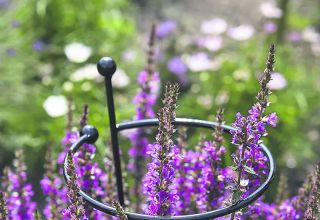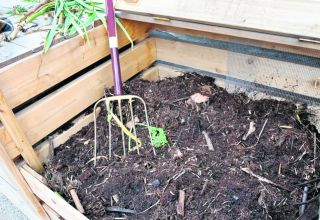
November is often a chilly month when winter feels very much just around the corner. Frosts have done their work and most plants are resting. There’s still plenty to do if you fancy getting a bit of fresh air. Everything you do now will set the garden in good stead for the coming spring.
1. Turn compost heaps
It is important to try and turn your compost heap once in the winter. It’s hard work but makes a worthwhile difference as it speeds up decomposition. It only needs to be done once and is a way of introducing oxygen to the heap. This feeds the bacteria, which promotes further decomposition. It’s also a good opportunity to break up any lumps you find and mix the ingredients. The easiest way to do it is to dig out the whole heap with a fork and move it into an empty neighbouring bin.
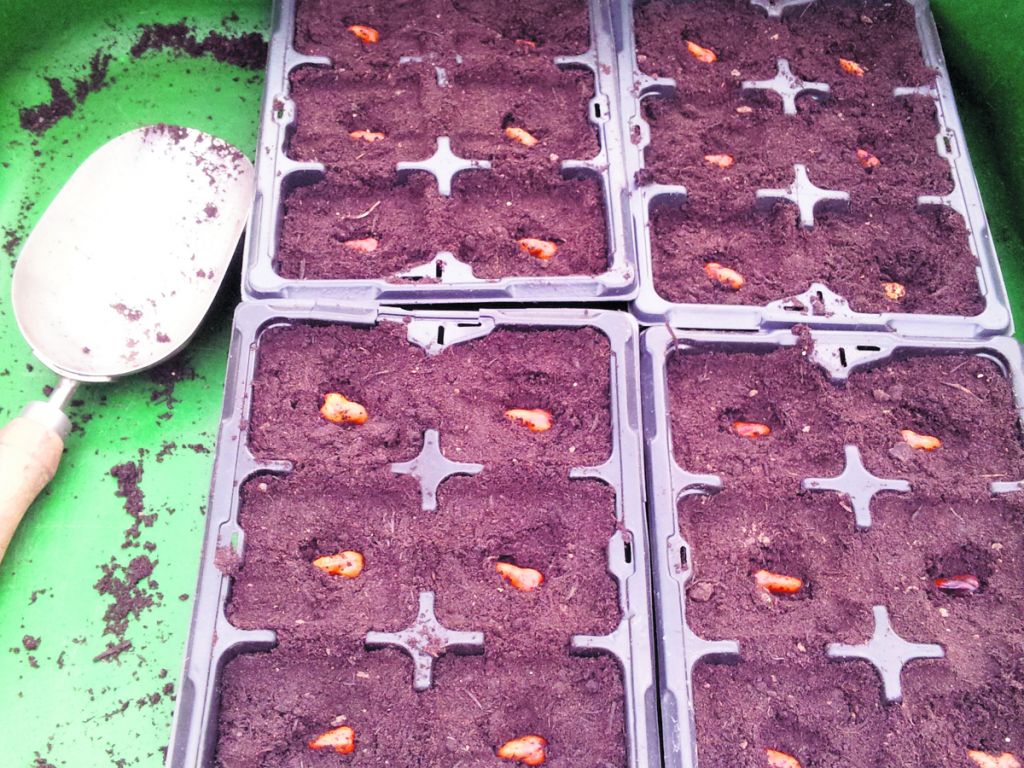
2. Sow broad beans in deep soil
A must do job is to sow broad beans in deep module trays, with the aim of seedlings being about five cm high by the new year. This small size makes them more weather hardy than larger plants. The reason for the deep module tray is that broad beans quickly put out a long root. Sow in a greenhouse until mid-November and then the plants can go out before or even after Christmas. Sowing them in autumn rather than February means you should have an earlier crop. If the winter is very hard and the autumn-sown plants fail, you can always sow more in February. Remember not to sow too many seeds, as broad beans plants are multi-stemmed and give lots of pods.
3. Mulch autumn’s bare soil
As you clear summer crops on the vegetable patch, increase the bed’s fertility for veg by mulching with organic matter, such as garden compost or spent mushroom compost. Apply a five cm-deep layer and leave the worms to drag it into the soil.
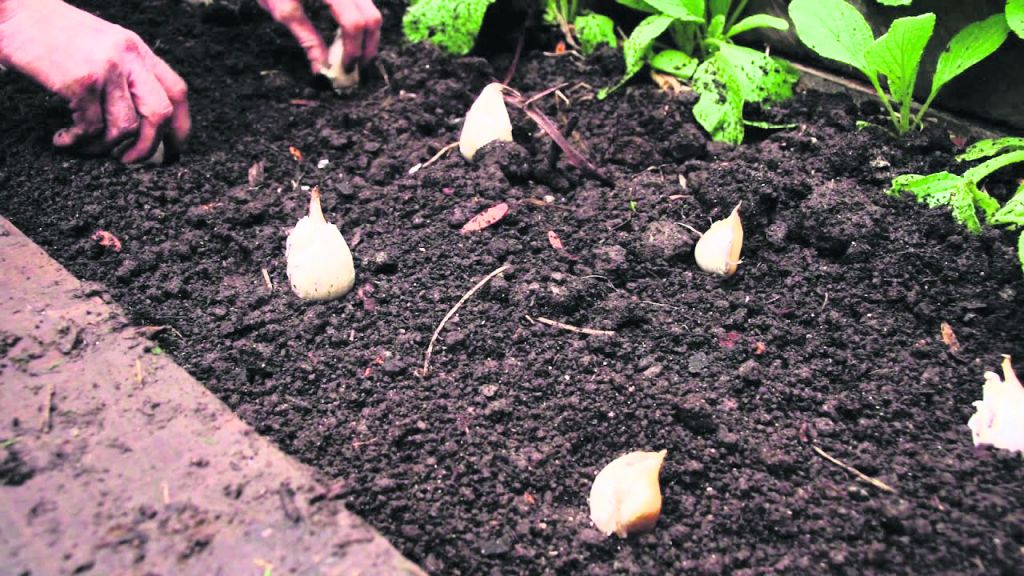
4. Plant garlic – a key job this month
Garlic likes a period of cold so November is the perfect time to plant it for a heavy crop next year.
This easy-grow crop needs a cold winter period in the soil for the individual cloves to develop clusters that will turn into bumper bulbs come next summer.
Autumn planted garlic is always bigger and better than that planted in the spring.
Garlic will grow in the poorest of soils as long as it is free draining. If you have heavy clay soil, plant into small pots and then re-plant into the garden in the spring. Plant directly into soil.
Using a cane or spring, mark out a planting row, then push individual cloves into the soil, so the tips are five cms below the surface and space them 15-20cm apart.
Cloves can rot off in waterlogged clay soil over winter, but don’t let this stop you. If you have clay soil, plant cloves in small pots, filled with good quality compost.
5. Put away the lawn mower
By November, the weather should be cold enough for the lawn not to need regular cutting, although it usually needs an occasional tidy-up during winter. Clean the underside by scraping off dried clippings and make sure the collecting bag is empty. If it’s a petrol mower, drain off the fuel, as unleaded petrol doesn’t store well.
6. Hard wood cuttings – the time is right
The period between early November and the end of the year is the best time to take hard-wood cuttings. As soon as the leaves have fallen, take cuttings at pencil length and pencil thickness. Make a clean cut immediately below a bud and a sloping cut above to tell top from bottom. Plunge to half their depth in compost or a trench in open ground if you don’t have a frame. Vines, cornus, willow, buddleia and fig will be rooted by spring and ready for potting by mid-summer.
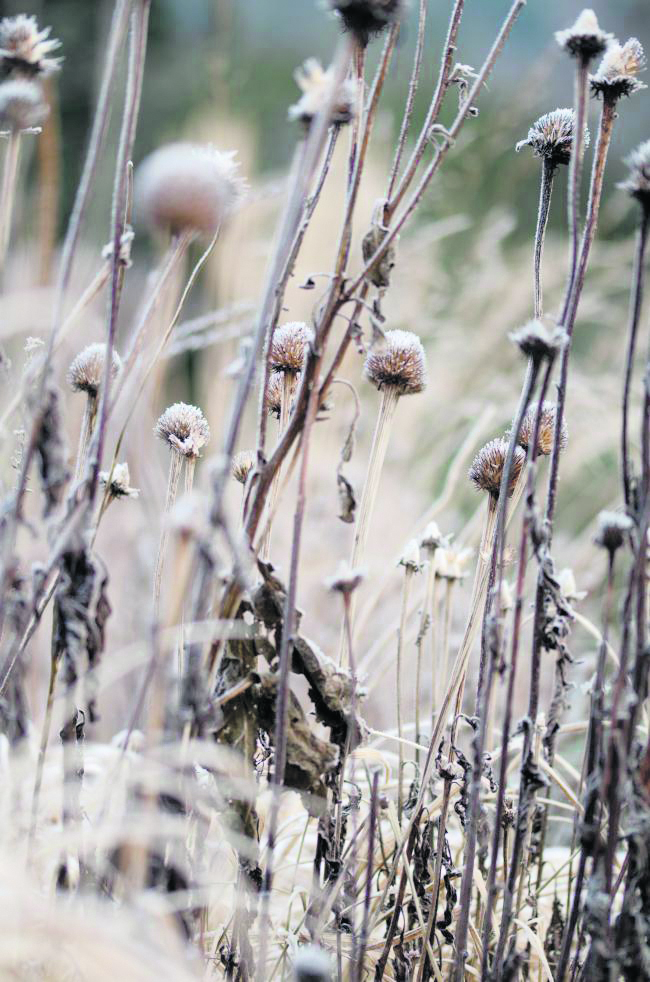
7. Learn to leave the garden a little wild
If you are tidy-minded, it might go against the grain to leave the perennials standing, but in a month’s time you will find that certain plants have made fine winter skeletons and can be left until February or March. Fennel and miscanthus, verbena and teasel make good hibernacula for beneficial insects and their seed keeps the birds going in the cold periods as well as providing winter interest. It really does make a great deal of difference to the garden.
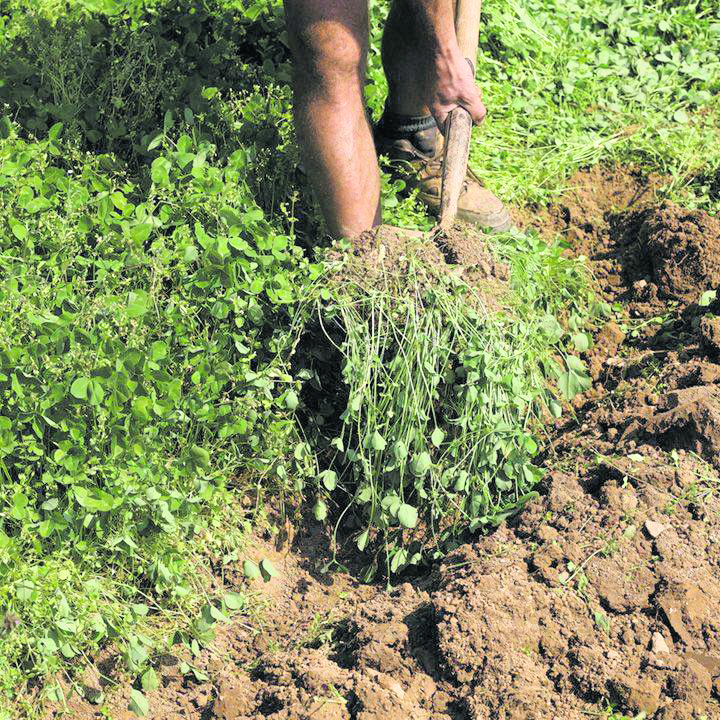
8. Sow green manure to improve spring soil
If you want to improve the texture and soil conditions for future vegetable crops then green manure is an increasingly popular option which can be grown over winter and then cut down and dug in during spring. They also keep weeds at bay over the winter. The popularity of green manure has meant there is a wide choice on the market, most are very easy to grow and it’s not too late to sow in November if the local weather conditions are still favourable.
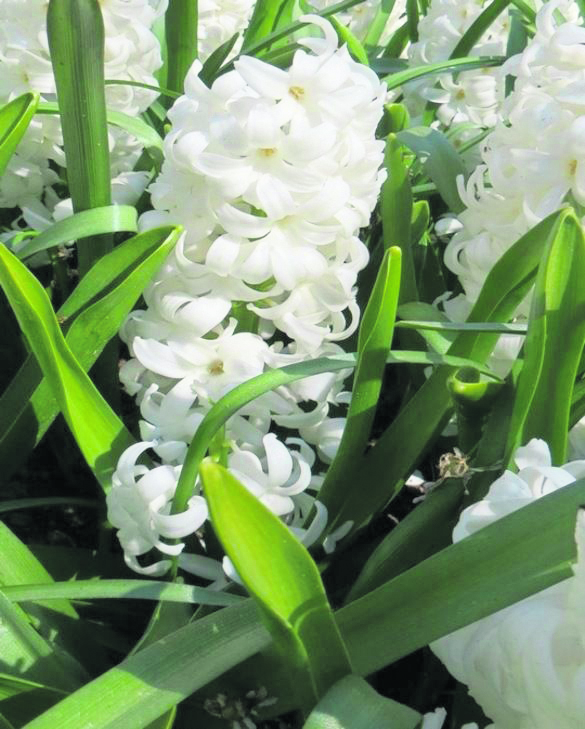
9. With bulbs in mind
Plant the last of your autumn bulbs, for example tulips. Don’t forget to put some in pots as well as in the garden.
Plant Paperwhite narcissi for Christmas (by the middle of the month).
Continue to plant indoor hyacinths such as Hyacinth ‘White Pearl’ to stagger flowering.
Check forcing bulbs for roots and shoots. When they are approximately three cms growth, bring them in to a cool windowsill.
Check stored summer bulbs for any signs of rot.
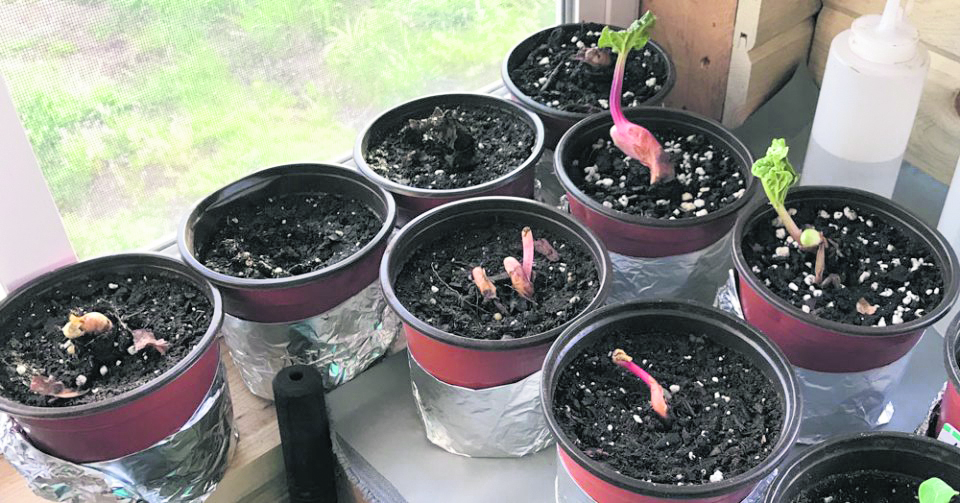
10. A few quick ideas for the month
If you have plenty in the garden, you can force some rhubarb inside. Lift a crown of rhubarb, divide it in half and leave it exposed until you’ve had a couple of good frosts. Then bring it inside into a warm cellar or laundry room to plant into spent compost in an old compost bag. Water and place an upturned container or bin over the top to exclude all light. The stems should be ready in four weeks.
If you have no more space for a fruit tree in the ground, plant one in a pot. Use a 37-litre filled with John Innes No 3, mixed with about a third of tree or shrub compost and some slow-release fertiliser, with plenty of crocks in the bottom.
Protect any precious ceramic pots by bringing them under cover. In frosty conditions, small cracks soon become large cracks. Make sure any pots left outside are raised on pot feet or bricks so that water can drain out.
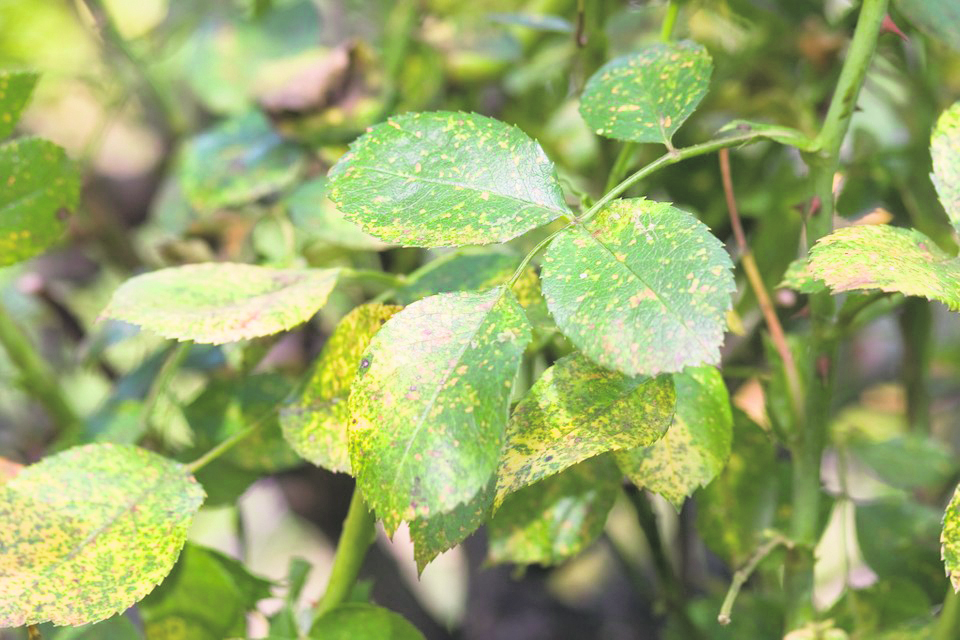
11. November is an important pruning month
Prune your roses. Cut off most of the year’s growth and take out large woody stems.
Cut peonies back to promote healthy growth next spring.
Divide perennials that flower before midsummer’s day, such as oriental poppies, peonies and lupins, as well as spring-flowering hellebores, pulmonarias and Solomon’s seal. Dig up, divide and replant straight away. Perennials that flower after midsummer are best divided in the spring – that’s a good general rule.
Check any newly planted shrubs or trees, as if there’s been a frost this can sometimes lift them from soil. Deadhead pansies/violas/primulas regularly to keep the flowers coming.
Tie in long, loose shoots of climbers to prevent them being damaged in high winds.
Clear and dispose of any diseased rose leaves – don’t add them to the compost heap. Some roses hang on to their leaves. If these are diseased, try to pick them off. It helps to reduce blackspot next season.





